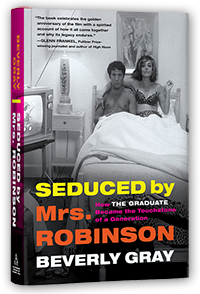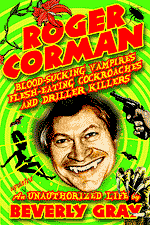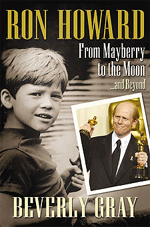The new documentary, Liza: A Truly Terrific Absolutely True Story, made me curious about the movie career of one of Broadway’s favorite song-and-dance divas, Liza Minnelli. After all, Liza (still alive and kicking at age 78) is the daughter of two charter members of the Hollywood pantheon, director Vincente Minnelli and the incomparable Judy Garland.
Liza made her first screen appearance as a babe in arms at the end of one of her mother’s musical films, The Good Old Summertime (1949). Her first credited role came in 1967’s Charlie Bubbles, as an ingenue opposite Albert Finney, who both starred and directed. But it was in 1969 when she truly made a splash: her role as a needy college co-ed in something called The Sterile Cuckoo led to her nomination for a Best Actress Oscar, along with such dramatic icons as Genevieve Bujold (Anne of the Thousand Days), Jane Fonda (They Shoot Horses, Don’t They?), Jean Simmons (The Happy Ending) and ultimate winner Maggie Smith (The Prime of Miss Jean Brodie). The following year she was featured as a disfigured young woman in another highly emotional dramedy, Tell Me That You Love Me, Junie Moon. The death by overdose of forty-seven-year-old Judy Garland on June 22, 1969 had left Liza bereft just as she was entering young womanhood. Judy’s own youthful screen career had seen her frequently cast as a girl-next-door type, even though her huge singing voice contained paradoxical notes of what one critic has called “fragility and resilience.” For Liza, I would choose the word “waif.” Directors seemed to see in her someone who was hurting, but knew how to cover her grief with sheer pizzazz.
It all came together for Minnelli in 1972, when she snagged the female lead in the film version of Cabaret. Director/choreographer Bob Fosse knew how to capitalize on her combination of little-girl-lost pathos and brassy insouciance (as well as her musical skills and her long, long legs) to fill out the character of Sally Bowles. Sally, who first appeared in Christopher Isherwood’s Goodbye to Berlin, was portrayed as the top chanteuse at the city’s seedy Kit Kat Klub, at a time when Hitler and his thugs were taking over German life. It was the perfect melding of performer and role, and it won her the Best Actress Oscar in 1973.. (Also in 1972, Minnelli scored another triumph with her televised concert film, Liza with a Z.)
Though after 1972, Minnelli’s continuing screen success would have seemed assured, she ran into a series of roadblocks. Projects that looked good on paper—like 1975’s Lucky Lady and 1977’s New York, New York—turned out to be expensive flops. Liza herself faced health crises (exacerbated by recreational drug use) and went through a pack of mostly unsuitable husbands and lovers. She craved motherhood, but it was not to be.
It wasn’t until 1981 that she had another bona fide hit movie, 1981’s Arthur, in which she plays a scrappy waitress who unexpectedly becomes the love interest of a childish (and generally drunk) millionaire, portrayed with gusto by Dudley Moore. To be honest, I watched Arthur again recently, and found much of it rather repugnant. To me there’s nothing particularly hilarious about a falling-down drunk, even if he generally means well. But the film won an Oscar for John Gielgud’s portrayal of a cranky but endearing butler. And Minnelli and Moore have some charming moments—notably when, upon first meeting, they instantly launch into spritely husband-and-wife banter to conceal the fact that she’s just been apprehended for shoplifting an expensive tie. The waif, it seems, also rises.













